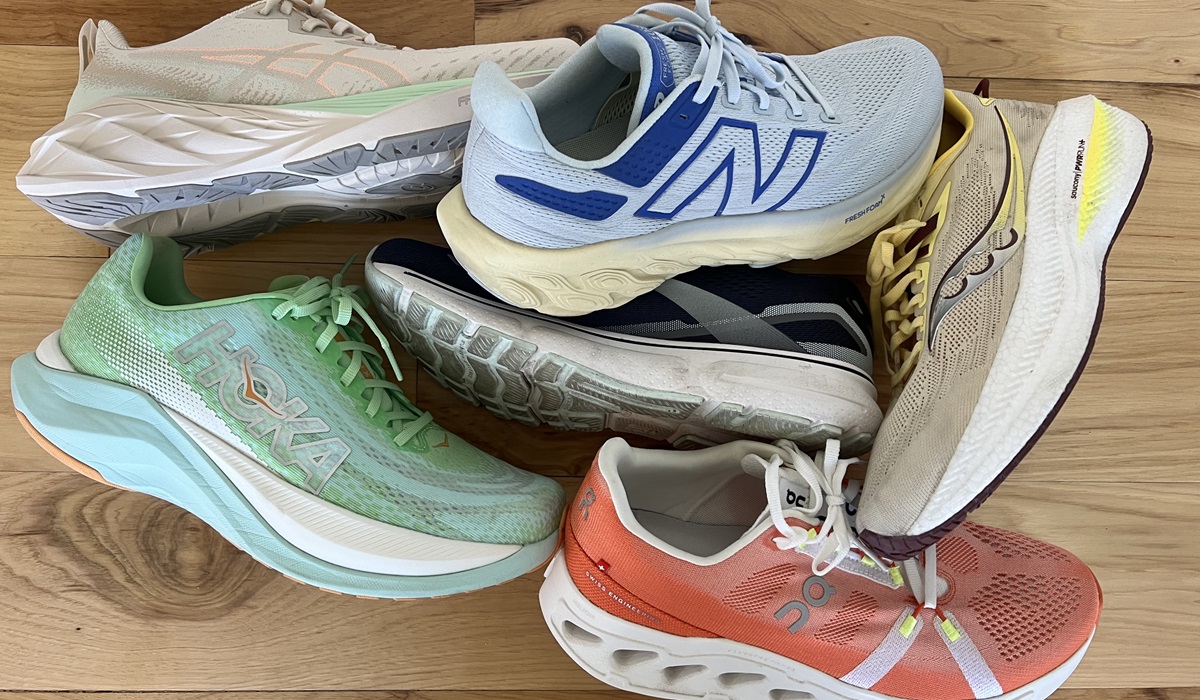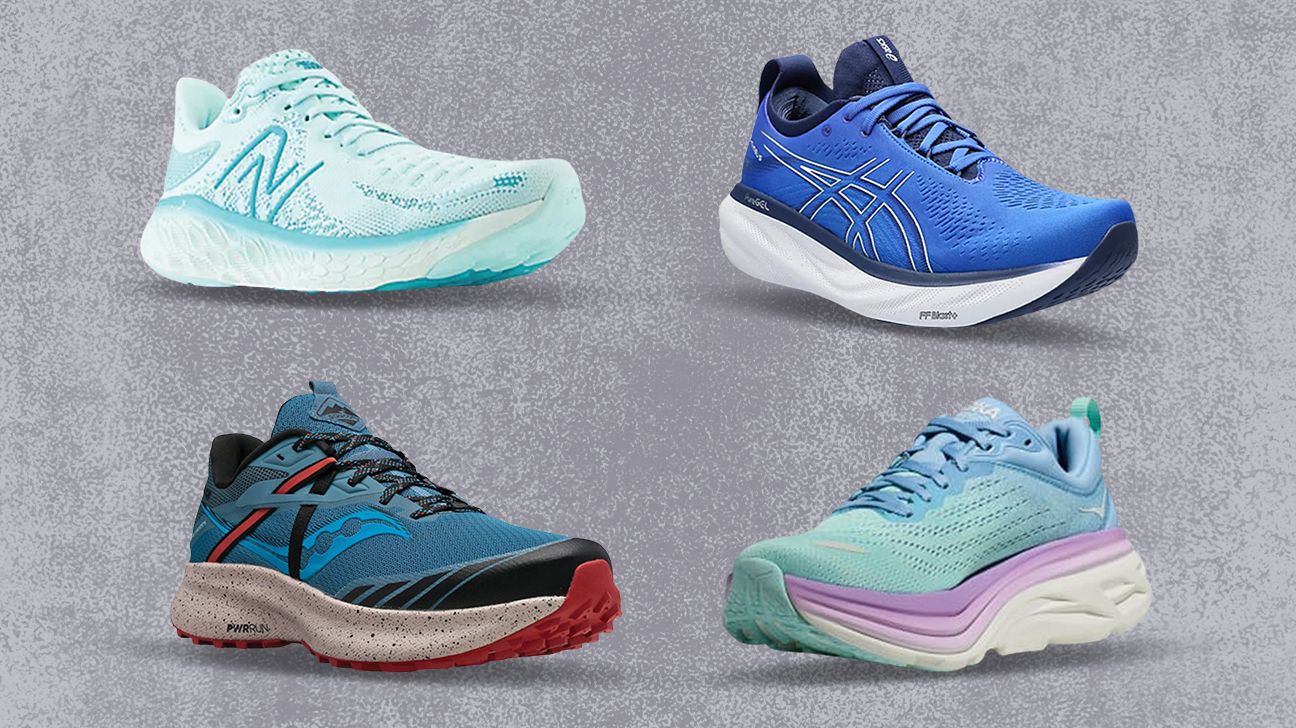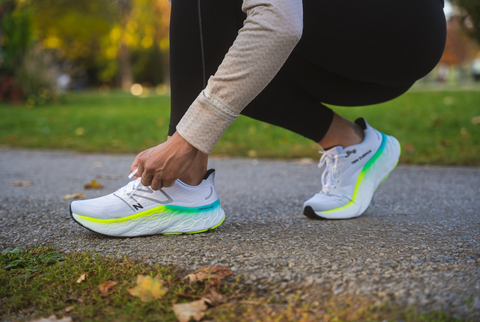Runner’s knee, or patellofemoral pain syndrome (PFPS), is a common issue among runners, affecting the knee joint and causing discomfort. The choice of the right footwear plays a crucial role in managing and preventing this condition. In this comprehensive guide, we will explore the best shoes for runner’s knee, discussing their features, benefits, and how they can help alleviate pain while ensuring optimal performance.
Understanding Runner’s Knee
Runner’s knee is characterized by pain around the kneecap (patella) and can be caused by various factors, including improper footwear. Common symptoms include pain behind or around the knee, a popping sensation, and swelling. Understanding these symptoms is essential for any runner, as addressing them early can prevent more serious injuries.
Common Causes of Runner’s Knee
- Overuse or increasing mileage too quickly
- Improper footwear or lack of cushioning
- Weak or imbalanced muscles in the legs
- Running on uneven surfaces
- Previous injuries or conditions
Key Features to Look for in Shoes for Runner’s Knee

When searching for the best shoes for runner’s knee, consider the following features:
1. Cushioning
Good cushioning helps absorb shock and reduces the impact on the knees during each stride. Shoes with ample cushioning can alleviate pain associated with runner’s knee.

2. Arch Support
Proper arch support helps distribute weight evenly and prevents excessive strain on the knee joint. It is essential for runners with flat feet or high arches to select shoes that cater to their specific needs.
3. Stability
A shoe that provides adequate stability can help maintain proper alignment, reducing the risk of injury. Look for shoes designed for overpronators (runners whose feet roll inward) to enhance stability.

4. Durable Outsoles
Durable outsoles provide traction and prevent slipping, particularly on various surfaces. This feature is crucial for runners who frequently switch between trails and roads.
5. Lightweight Design
While cushioning is vital, a lightweight shoe can enhance performance and reduce fatigue. Finding the right balance between weight and support is key.

Top Shoes for Runner’s Knee in 2023
Here, we provide a detailed overview of some of the best shoes available for runner’s knee. Each shoe has unique features tailored to address this common issue.

1. ASICS Gel-Kayano 29
The ASICS Gel-Kayano 29 offers exceptional cushioning and support, making it ideal for runners seeking to manage knee pain. This shoe features:
- FlyteFoam technology for lightweight cushioning
- Dynamic DuoMax support system for stability
- Rearfoot and forefoot Gel technology for shock absorption
Pros:
- Excellent cushioning
- Good arch support
- Durable materials
Cons:
- Higher price point
2. Brooks Adrenaline GTS 22
The Brooks Adrenaline GTS 22 is another great option, known for its balance of cushioning and support. Key features include:
- DNA LOFT cushioning for comfort and responsiveness
- GuideRails technology to prevent excess movement
- Breathable mesh upper for ventilation
Pros:
- Comfortable fit
- Great for overpronators
- Stable and supportive
Cons:
- May feel bulky to some runners

3. New Balance Fresh Foam 1080v12
The New Balance Fresh Foam 1080v12 offers plush cushioning and is designed for long-distance runners. Features include:
- Fresh Foam midsole for plush support
- Ultra heel design for a secure fit
- Data-driven design for optimal performance
Pros:
- Highly cushioned
- Comfortable for long runs
- Attractive design options
Cons:
- May lack stability for some runners
4. Saucony Guide 15
This shoe is designed for stability and offers a balanced ride. Notable features include:
- PWRRUN cushioning for a soft, responsive feel
- Integrated medial post for stability
- Engineered mesh upper for a secure and breathable fit
Pros:
- Good support for flat feet
- Durable construction
- Responsive cushioning
Cons:
- Can feel heavy to some users

5. HOKA ONE ONE Bondi 8
Famous for its maximalist cushioning, the HOKA Bondi 8 is perfect for those seeking comfort during their runs. Features include:
- Soft EVA foam midsole for maximum cushioning
- Wide base for increased stability
- Early-stage Meta-Rocker for smooth transitions
Pros:
- Extra cushioning reduces impact
- Great for recovery runs
- Lightweight despite cushioning
Cons:
- Not ideal for speed work
Comparison Table of Shoes for Runner’s Knee

| Shoe | Cushioning | Support Type | Weight | Price |
|---|---|---|---|---|
| ASICS Gel-Kayano 29 | Excellent | Stability | 10.5 oz | $159.95 |
| Brooks Adrenaline GTS 22 | Good | Stability | 10.6 oz | $139.95 |
| New Balance Fresh Foam 1080v12 | Plush | Neutral | 10.5 oz | $159.95 |
| Saucony Guide 15 | Good | Stability | 10.2 oz | $139.99 |
| HOKA ONE ONE Bondi 8 | Maximal | Neutral | 10.7 oz | $164.95 |
Tips for Preventing Runner’s Knee
In addition to selecting the right footwear, implementing some preventative measures is essential to stay injury-free:
1. Gradual Mileage Increases
Never increase your weekly mileage by more than 10% to avoid overuse injuries.
2. Strength Training
Strengthening the muscles around the knee can provide support and stability. Focus on exercises like squats, lunges, and leg raises.
3. Stretching and Flexibility
Incorporate stretching routines before and after runs to maintain flexibility and prevent tightness in the muscles.
4. Cross-Training
Engaging in low-impact activities such as swimming or cycling can help maintain fitness and reduce the strain on your knees.
5. Regular Check-Ups
See a physician or physical therapist for routine checks, especially if you begin experiencing pain or discomfort.
Frequently Asked Questions
What type of shoe is best for runner’s knee?
The best shoe for runner’s knee typically has ample cushioning, good arch support, and stability features. Shoes like the ASICS Gel-Kayano 29 and Brooks Adrenaline GTS 22 are among the top recommendations.
How do I know if my shoes are causing runner’s knee?
If you experience knee pain after running, especially if your shoes are old or worn out, it’s time to assess the footwear. Look for signs of wear on the soles and ensure they provide adequate support and cushioning.
Can running shoes help with knee pain?
Yes, proper running shoes can alleviate knee pain by providing the necessary support, cushioning, and stability, which reduces the impact on the knees.
How often should I replace my running shoes?
It’s advisable to replace running shoes every 300 to 500 miles, or approximately every 6-12 months, depending on usage and wear patterns.
Should I use orthotics for runner’s knee?
Orthotics can be beneficial, especially for individuals with specific foot mechanics (like overpronation). Consulting a podiatrist can help determine if orthotics are necessary for you.
Conclusion
Selecting the right footwear is paramount in managing and preventing runner’s knee. By understanding the key features, exploring top shoe options, and adopting preventative measures, you can continue to enjoy running pain-free. Choose shoes like the ASICS Gel-Kayano 29 or Brooks Adrenaline GTS 22, and embrace a healthier running lifestyle.
For further reading and scientific insights regarding the impact of footwear on patellofemoral pain, consider exploring these studies: